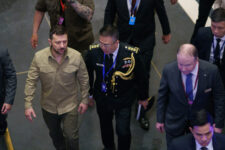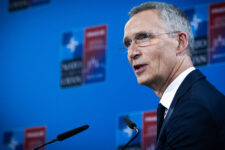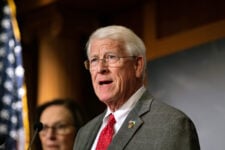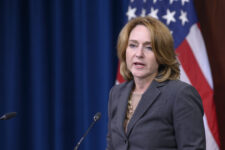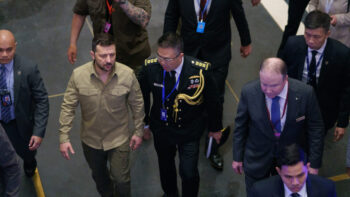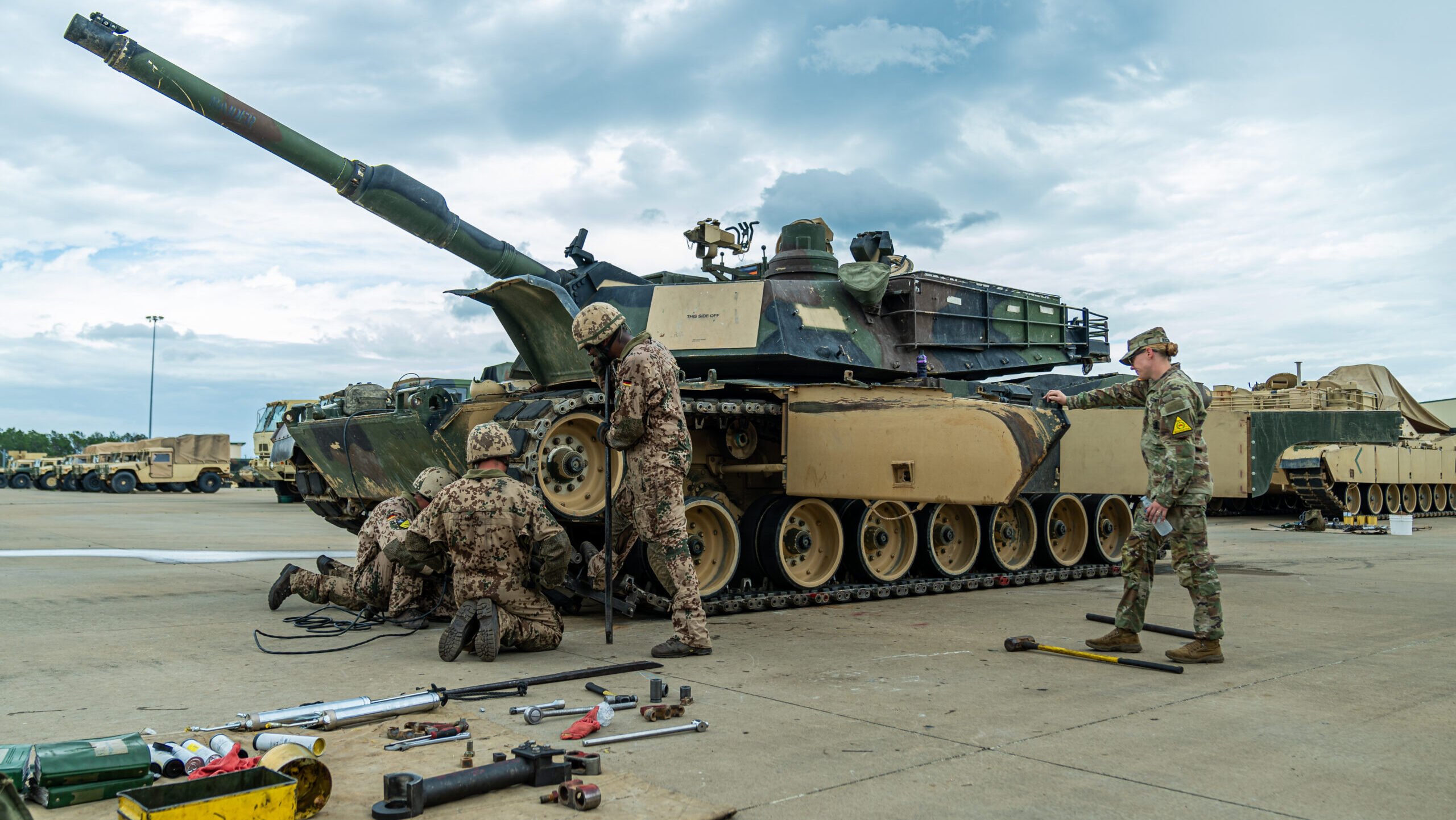
German Army soldiers compete during the second day of the 2024 Sullivan Cup in Fort Moore, Georgia. (Photo: US Army)
BELFAST — German Defense Minister Boris Pistorius used a Thursday speech in Washington to call for both Berlin and Washington to hit 3 percent GDP spending on defense, while also stating his support for reintroducing conscription to the German armed forces.
Both statements may raise hackles back in Berlin, as Germany continues to debate how it should rearm itself following Russia’s February 2022 invasion of Ukraine.
“I’m convinced that Germany needs some kind of military conscription,” Pistorius told a crowd at the American-German Institute. “We need to ensure our military staying power in a state of national or collective defense.” (He did not specify what that would look like, but elsewhere emphasized “some kind” of conscription is needed.)
The country made a “mistake” by suspending conscription at the end of the Cold War, he added. Berlin officially ended compulsory military service in 2011.
RELATED: Eight ‘capability coalitions’ are rushing arms to Ukraine. Here’s who will donate what. (EXPLAINER)
It is not the first time Pistorius has indicated an interest om conscription, previously saying that a discussion around a general duty of service for civilians would be “valuable.” But the topic is a politically sensitive one at home, and him giving such a full-threated endorsement is notable.
His comments also come at a time when other NATO nations are considering their own approaches to the issue. In the Nordic and Baltic nations, there is an increased emphasis on conscription as a key part of the military’s toolbox. For example, Denmark has decided to extend military service from four to 11 months and open conscription to women, while Norway plans on building a conscript force of 13,500 by 2036, an uplift of 4,500 personnel.
But in the United Kingdom, a January comment from Army chief Gen. Patrick Sanders about the need for a “citizen army” led to a firestorm. Eventually Adm. Tony Radakin, Chief of the UK Defence Staff, had to publicly walk it all back, saying: “We are not on the cusp of war with Russia. We are not about to be invaded. No one in the Ministry of Defence is talking about conscription in any traditional sense of the term.”
That Pistorius is even willing to make such a public comment is another example of Germany’s increasingly progressive approach to reshaping its defense posture, which has turned decades old criticisms of acquisition underspending, substandard equipment availability and armed forces readiness on their head.
Berlin’s “turning point” or Zeitenwende, in the wake of Russia’s war in Ukraine, supported by a €100 billion ($107 billion) special arms fund, dramatically shifted perceptions. Germany increased its defense spending by 9 percent between 2022 and 2023, to an annual total of €66.8 ($72 billion) in 2023, according to figures [PDF] from the Stockholm International Peace Research Institute (SIPRI). It also means Germany is set, for the first time, to meet NATO’s 2 percent GDP spending target this year.
Call For More Defense Spending
However, in another notable comment, Pistorius indicated 2 percent may not be the goal for Germany going forward, instead calling for both Washington and Berlin to aim for 3 percent.
“[There are problems] we have not solved yet,” he said. “The industry, neither Germany nor US or in other countries of the world, is yet at the level to produce as much as we need, that matches with ammunition [demand], with missiles, with Patriot systems or whatever you name, so we have to synchronize that. We need more money, there’s no doubt about it, and I think we will rather arrive at 3 percent or even more.”
However, Pistorius did not give a timetable for when he would like to see that target be reached — and there are potential roadblocks. German lawmakers are currently locked in discussions about how to fund a €25 billion ($27 billion) budget “gap” in 2025, with solutions of social welfare cuts or higher taxation on the table. If a defense spending request made by Pistorius, for €6.5 billion ($7 billion) is not agreed, procurement of new equipment will suffer.
Today, I met with my 🇩🇪 counterpart Boris Pistorius. German partnership in support of Ukraine and within the NATO Alliance is critical – always important to exchange views with a close Ally. #WeAreNATOhttps://t.co/bnog80uol1 pic.twitter.com/wxkYfPmLvb
— Secretary of Defense Lloyd J. Austin III (@SecDef) May 9, 2024
He also expressed gratitude toward the US for belatedly passing new Ukraine military aid funding under the $95 billion foreign aid bill, but based on an awareness that US resources and attention “cannot and will not” be only focused on Europe, Germany is “working hard to make Europe’s contribution to transatlantic burden sharing more relevant.”
To date, Germany has contributed €7 billion ($7.5 billion) in military aid to Ukraine, including supplies of Leopard 1 and 2 main battle tanks, Marder infantry fighting vehicles, IRIS-T and Patriot air defense systems, Stinger and Strela MANPADS and over 80,000 155mm artillery shells, but controversially in the view of some allies, continues to refuse sending Taurus long-range missiles.
Alongside Poland, Berlin also leads a multinational armored vehicles capability coalition for Ukraine and an integrated air and missile defense coalition with France. Both are designed to accelerate and better co-ordinate new equipment deliveries to Kyiv.
Regarding industry ties with the US, Pistorius said that Germany is currently spending $23 billion with American manufacturers, covering 380 contracts, and which include orders for Lockheed Martin F-35A fifth-generation fighter jets and Boeing CH-47F Chinook heavy-lift helicopters.
In surprise Singapore visit, Zelenskyy accuses China of disrupting peace talks, asks for Asian support
“This is unfortunate that such a big, independent, powerful country as China is an instrument in the hands of [Russian President Vladimir] Putin,” the Ukrainian president said at the Shangri-La Dialogue.
